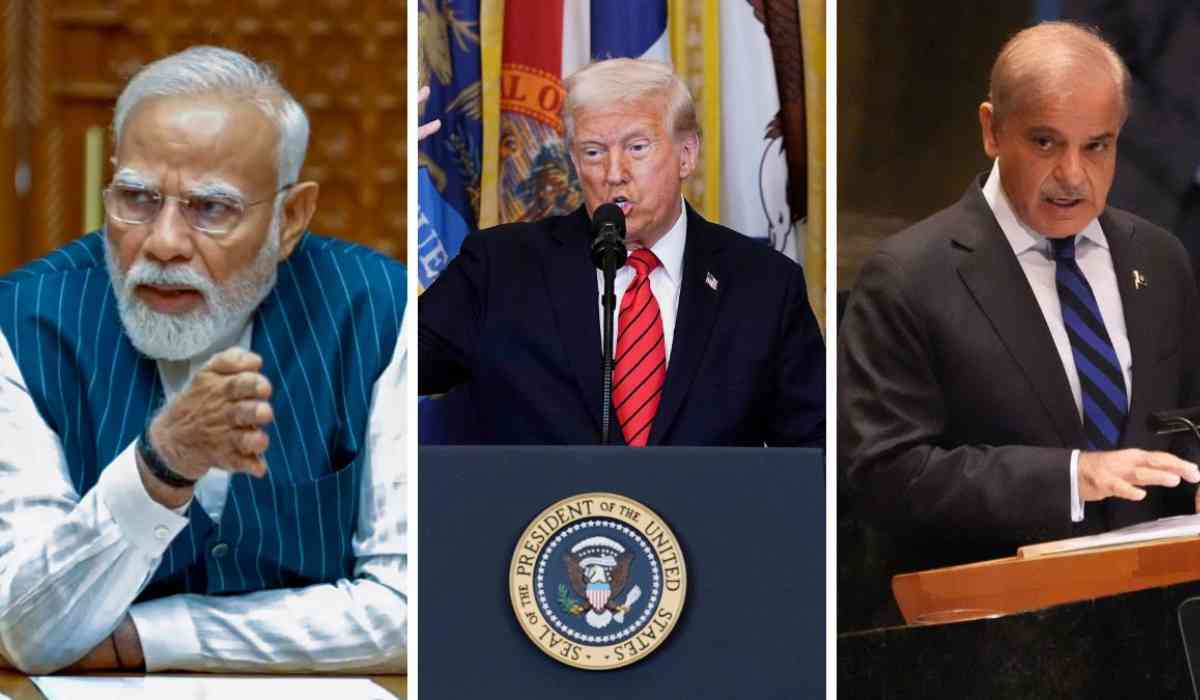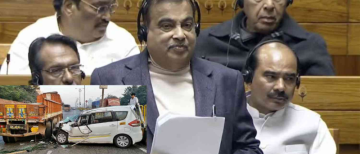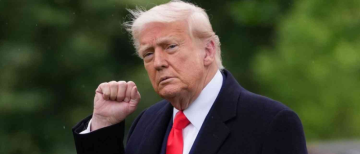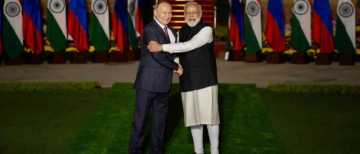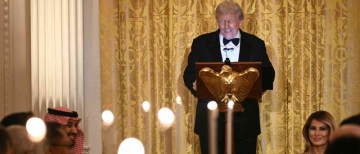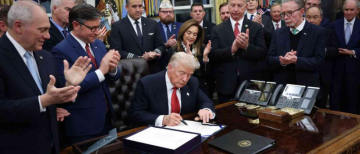In a series of high-profile remarks, former U.S. President Donald Trump has once again claimed credit for halting an escalating military conflict between India and Pakistan, which he suggests could have led to a nuclear disaster. Trump attributed the de-escalation to American trade leverage, a claim that has reignited diplomatic tensions and drawn firm rebuttals from Indian officials, who insist the ceasefire was achieved through military dialogue and not foreign mediation.
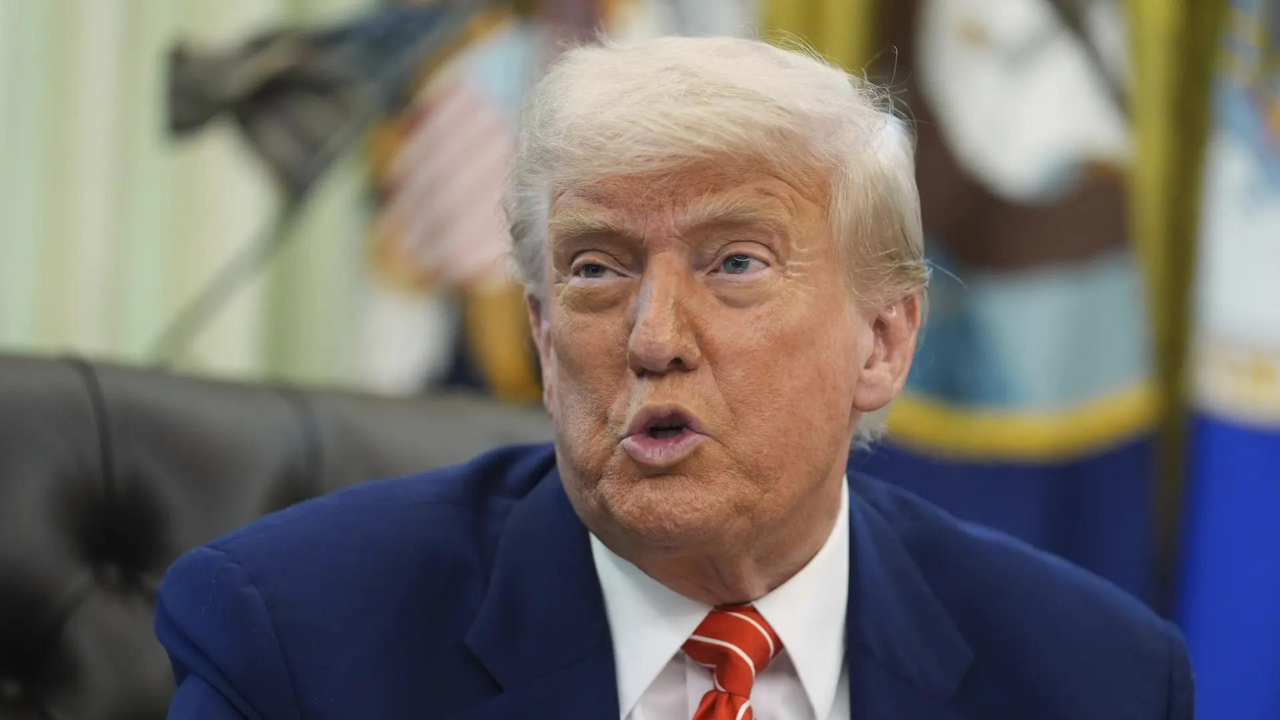
Trump’s Ceasefire Claim: A Trade-Based Narrative
During a press event marking the resignation of Elon Musk from the Department of Government Efficiency (DOGE), Trump declared:
“We stopped India and Pakistan from fighting. I believe that could have turned into a nuclear disaster… We talk trade, and we say we can’t trade with people who are shooting at each other and potentially using nuclear weapons.”
Trump positioned himself as a global peacemaker who used America's economic influence to negotiate a ceasefire. Echoing this, U.S. Commerce Secretary Howard Lutnick, in a legal filing presented to a New York federal court, stated that Trump exercised emergency powers under the International Emergency Economic Powers Act (IEEPA) to apply tariff-related measures as a national security tactic to avert full-scale war.
The former president doubled down on his assertion, saying:
“They’re great leaders in those countries, and they understood and they agreed.”
He further emphasized the global role of the U.S. military and leadership, claiming:
“We are stopping others from fighting also, because ultimately, we can fight better than anybody. We have the greatest military in the world.”
#WATCH | US President Donald Trump says, "We stopped India and Pakistan from fighting. I believe that could have turned out into a nuclear disaster, and I want to thank the leaders of India and Pakistan, and I want to thank my people. Also, we talk trade, and we say we can't… pic.twitter.com/8xfvVXj7HU— ANI (@ANI) May 30, 2025
India Rejects Trump’s Version: “No Trade Talks Involved”
In sharp contrast, the Indian Ministry of External Affairs (MEA) categorically rejected Trump’s narrative. MEA Spokesperson Randhir Jaiswal clarified that the decision to cease hostilities was the result of direct military-level discussions between India and Pakistan, with no reference to trade or U.S. intervention.
“Our position on this particular issue that you mentioned has been well articulated,” said Jaiswal. “From the time Operation Sindoor commenced on May 7 till the understanding on cessation of firing and military action on May 10, there were conversations between Indian and US leaders on the evolving military situation. The issue of trade or tariff did not come up in any of those discussions.”
He reiterated that the ceasefire was achieved through direct communication between the Directors General of Military Operations (DGMOs) of both nations.
Further strengthening India’s stance, External Affairs Minister S. Jaishankar, speaking to Frankfurter Allgemeine Zeitung, stated:
“The cessation of firing was agreed between the military commanders of both sides through direct contact. The morning before, we effectively hit and incapacitated Pakistan’s main airbases and air defence system. So, who should I thank for the cessation of hostilities? I thank the Indian military because it was the Indian military action that made Pakistan say: We are ready to stop.”
VIDEO | Washington DC: Here's what US President Donald Trump (@realDonaldTrump) said addressing a press conference.
"We stopped India and Pakistan from fighting. I believe that could have turned out into a nuclear disaster, and I want to thank the leaders of India and Pakistan,… pic.twitter.com/ZCCcHWCwic— Press Trust of India (@PTI_News) May 30, 2025
Operation Sindoor: India’s Tactical Response to Terrorism
The sequence of events leading up to the ceasefire began with a brutal terror attack in Pahalgam, Jammu and Kashmir, on April 22, which killed 26 civilians. In response, India launched Operation Sindoor on May 7, targeting terror camps in Pakistan and Pakistan-occupied Jammu and Kashmir (PoJK) run by Lashkar-e-Taiba and Jaish-e-Mohammad.
Key Developments of Operation Sindoor:
-
At least nine terror launch pads were hit.
-
Over 100 militants were reportedly killed in the initial 48 hours.
-
Indian forces retaliated to Pakistani cross-border aggression by incapacitating airbases and air defense systems deep within Pakistan.
-
Rapid escalation followed, involving drone and missile strikes from both sides.
By May 10, the situation de-escalated after Indian and Pakistani DGMOs reached an understanding to halt all land, air, and sea hostilities.
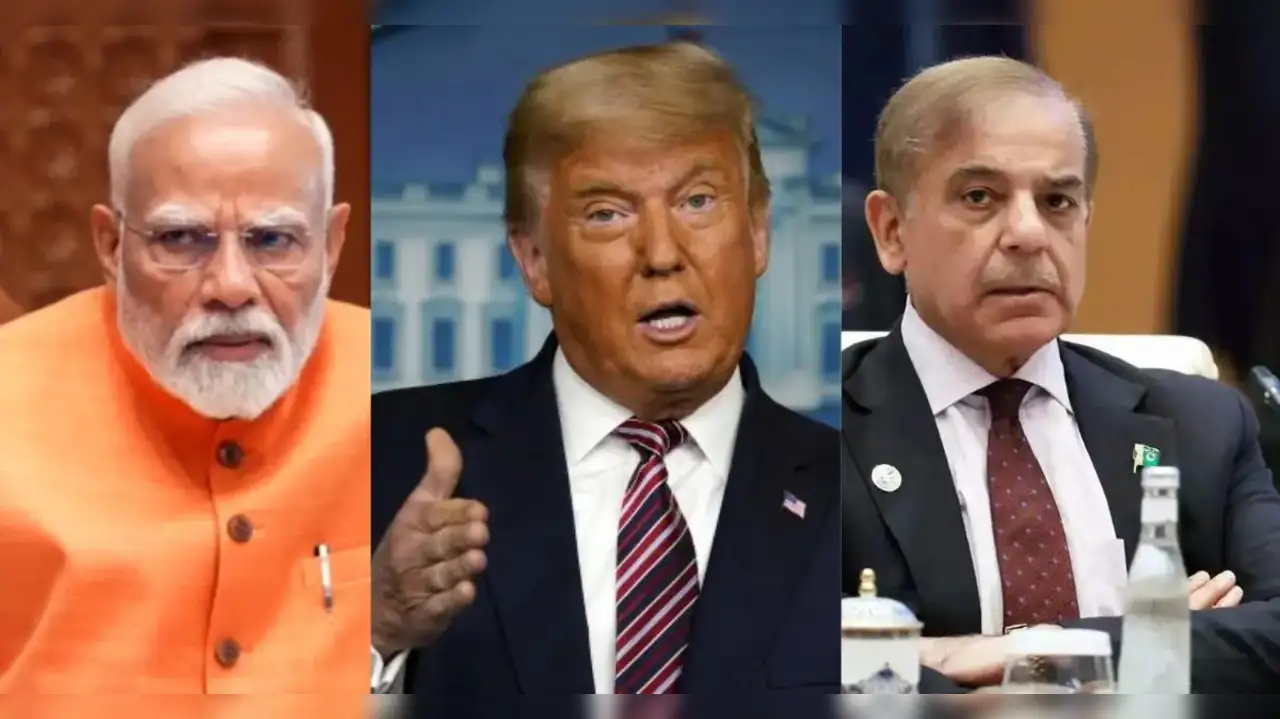
Trump’s Narrative vs. India’s Strategic Autonomy
The conflicting accounts from Washington and New Delhi underscore a deeper geopolitical tension—namely, the divergence in worldviews between the two countries.
Trump's Position:
-
Presented the ceasefire as a result of U.S. trade diplomacy.
-
Claimed to have used the threat of restricted trade access to influence foreign governments.
-
Positioned America as a global peacemaker leveraging economic power.
India’s Position:
-
Emphasized strategic and military autonomy.
-
Insisted on operational control and ground realities guiding decisions.
-
Stressed that the Indian military’s decisive strikes forced Pakistan to the negotiating table.
-
Rejected any narrative of external mediation or intervention.
By dismissing the claims of trade-based coercion, India aimed to reinforce its foreign policy principle of non-alignment and sovereign decision-making, even in the face of global power dynamics.
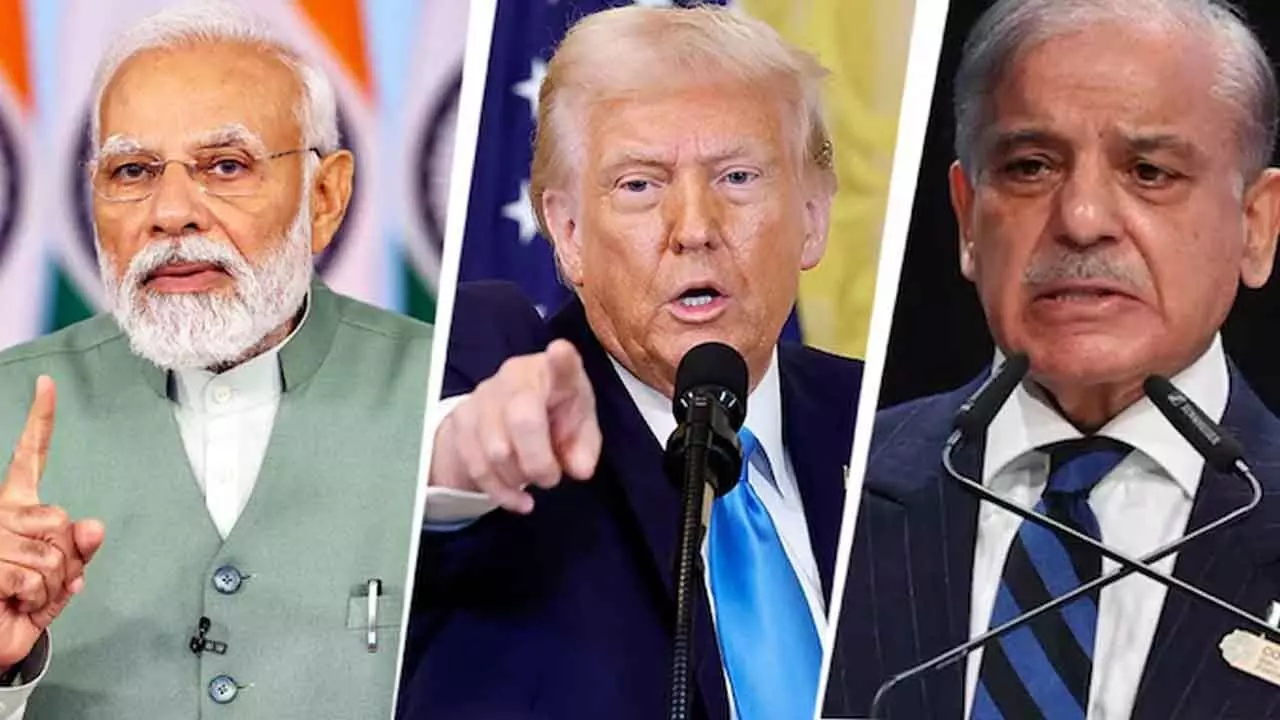
Elon Musk’s Exit and the Broader Context
Trump’s comments came during an event also marking Elon Musk’s departure from the Trump administration. Musk had been leading the Department of Government Efficiency (DOGE) in an effort to cut government bureaucracy. His resignation followed his public criticism of one of Trump’s legislative initiatives.
Musk’s Exit Highlights:
-
Described his tenure as “short but intense.”
-
Thanked Trump via social media for the opportunity.
-
Stepped down amid ongoing staff downsizing—over 260,000 government jobs were cut during Trump’s administration.
-
Co-lead Vivek Ramaswamy is expected to take over leadership of DOGE.
-
Uncertainty remains about the future of the department itself.
While Musk’s departure formed the immediate backdrop of the press conference, Trump’s attempt to take credit for international peacemaking drew far more attention—particularly from South Asia, where his claims met with public and official skepticism.
Narratives Collide, Realities Persist
Donald Trump’s repeated claims of averting a nuclear disaster between India and Pakistan by leveraging trade diplomacy reflect his broader approach to foreign policy—transactional, media-driven, and centered on American influence. However, India’s firm rejection of those claims serves as a reminder that on matters of national security and military engagement, New Delhi remains guided by its own strategic imperatives.
The Indian response reaffirms a doctrine of military professionalism, strategic clarity, and diplomatic sovereignty—a doctrine that allowed its armed forces to launch precise strikes, manage rapid escalation, and bring about de-escalation, all without ceding credit to external players.
In the final analysis, while Trump may frame himself as the dealmaker-in-chief, in South Asia, it was a conversation between generals—not presidents—that ended the firing.
With inputs from agencies
Image Source: Multiple agencies
© Copyright 2025. All Rights Reserved Powered by Vygr Media.

